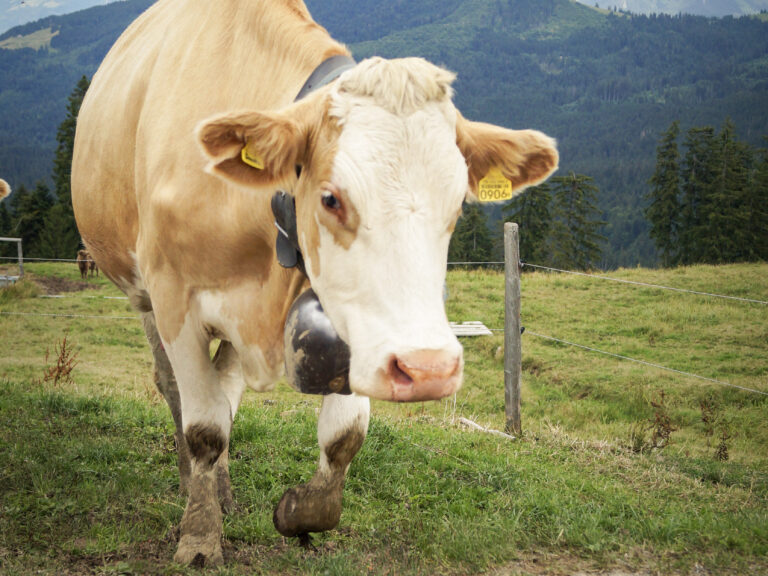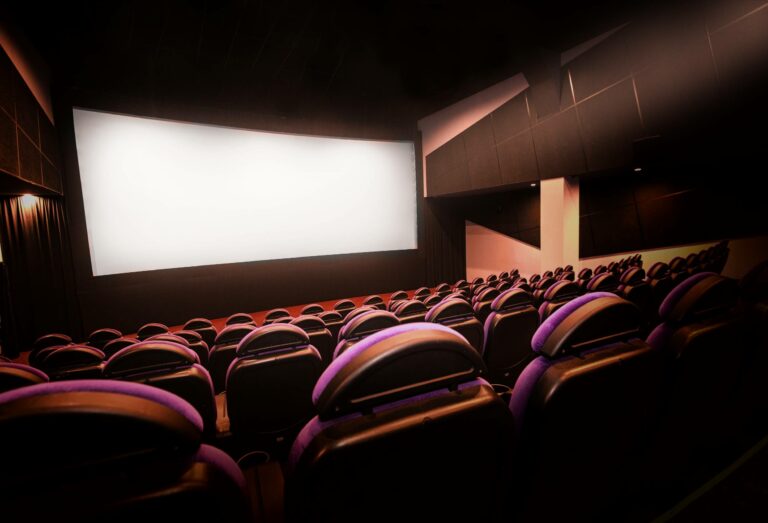It was built in 1958 thanks to the generosity of Mrs. Delatena, a child of Fruence living in Bulle.
She undertook to transform an old house into a chapel. The land was donated by the Chaperon family (Rioloz) from Fruence. The blessing of this sanctuary took place in October 1958 and was presided over by Mgr Delatena in the presence of the villagers.
Various anonymous donations from the villagers contributed to the interior completion of the chapel, which is dedicated to Our Lady and Saint Anthony of the Desert. Saint Anthony of the Desert is considered the founder of Christian eremitism. His life is known to us through the account given by Athanasius of Alexandria around 360. He is believed to have been born around 251 and died around 356 at the age of 105. He lived as a hermit in the desert, on the road to the Red Sea, imitating the many anchorites who lived in poverty. Like Christ, he endured the temptations of the devil.
Gradually, Saint Anthony the Great had disciples who came to follow his teachings. They were to the west and east of the Nile. Saint Hilarion sought his advice in 307 on how to organize a monastery in what is now the Gaza region, considered one of the first in Christendom. In 312, Saint Anthony withdrew further to isolate himself. He went to Thebais, to Mount Qolzum (where the Monastery of Saint Anthony is located today). Many representations of the saint show him accompanied by a pig with a bell.
The demons that tormented the saint were initially represented by wild animals (lion, bear, etc.) and later by more familiar animals such as the wolf and the wild boar, the latter possibly explaining the connection with the pig.
The monks who adopted Saint Anthony's solitary way of life are called anchorites, as opposed to cenobites who choose communal monastic life.
The statue of Saint Anthony of the Desert, 140 cm high, located at the entrance of the chapel, is the work of the Parisian sculptor Pierre de Grauw. The statue, cast in 1991, is made of bronze and was created at the request of a generous family from Fruence with the good offices of Father Peiry. The tabernacle is the work of the Fribourg artist Claraz and the Stations of the Cross are by an artist from Lourdes. The ornaments and sacred vessels are due to the generosity of the village.
A foundation headed by the parish priest, a representative of the parish council, and three members manages the interests of the said chapel.
Biography of Pierre de Grauw
Born in Utrecht, the Netherlands, on December 3, 1921, Pierre de Grauw practiced sculpture and painting from a young age. Parallel to his studies in philosophy and theology, he began creating a number of works for the churches of the Augustinian Order, to which he belonged until 1975. Settled in France from 1950, he devoted himself particularly to direct carving on wood, his preferred material. Under the direction of the master glassmaker Jacques le Chevalier, he studied drawing at the Centre d'Art Sacré on Place Fürstenberg in Paris and attended, among others, the studios of René Leleu and Bernard Mougin. From 1958, he participated in major Parisian sculpture salons, while regular solo exhibitions were dedicated to him. From the 1960s, he created monumental wooden works and modeled numerous figures in plaster which he later had made in copper and bronze. Although he never ceased to sculpt full-round works, from the 1970s he deepened the art of relief and the medal. Later, in the 1980s, he began to combine copper with wood; he then applied a copper sheet to certain areas of his woodworks to highlight certain contours. He also created numerous bronzes where another strong theme of his work dominates: the woman at various ages of life.
In addition to his work as a sculptor, he devoted himself to drawing and painting, thus creating an important collection of drawings on the Psalms. Sensitive to the art of certain early 20th-century artists such as Wotruba and Giacometti, Pierre de Grauw never abandoned figuration but reinterpreted it by stylizing it: elongated forms, geometrized volumes, interlocking planes. One theme haunted him throughout his life: the human figure.


















